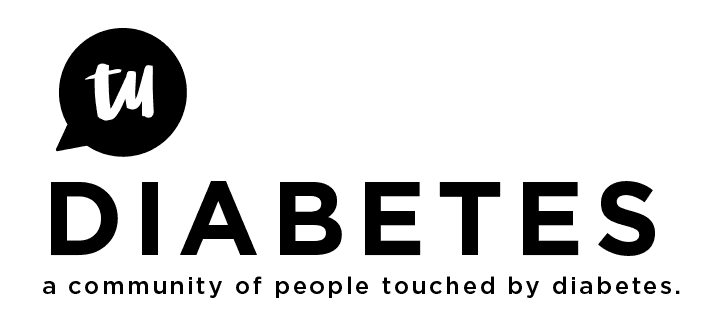"When I check my BG level 2 hours from the moment I put the fork down... Let's say my sugar is at 220 now. DO I CORRECT THIS? or do I wait FIVE hours and check before the next meal."
OK, I'm too lazy to read all the replies, so I'm just going to answer this one question to the best of my ability:
The answer is NO, you do not want to correct again before your last correction if fully metabolized, because then you will be in danger of STACKING insulin, which can be very bad, resulting in hypos. What you do want to do is NOTE the time and the value and then use that information to adjust your correction factor in the future. Then you want to test again at four hours and, if you're still above target, do another correction.
For example:
You test and you're at 320. Your current IC ratio is 1:20. You're correcting to 120.
You calculate a correction at 320 - 120 = 200 / 20 = 10 IU and you inject that.
(Let's ignore the bolus part of your injection for now.)
You test at 2 hours and you're at 220. You resist the impulse to "stack" and wait.
You test at 4 hours and you're at 180.
OK, what did you learn? Your injection of 10 IU was supposed to drop you 200 mg/dl (or one unit for twenty mg/dl or 1:20), but in fact it only dropped you 140 mg/dl (or one unit for fourteen mg/dl or 1:14.)
Make a note of that "dropping power" and use it to adjust your correction factor in the future. When you're more sure about your actual correction factor, doing additional corrections (not waiting for the next meal) will become more safe. Sometimes I do (conservative) corrections right before bed, because I'm so sure of my factor after tweaking it for months.
Maybe next time you'll need to correct a 220, and perhaps you'll calculate it thus:
220 - 120 = 100 / 18 = 5.5 if you have a half-unit pen or syringe.
That is, you inched down your correction factor to a number between your original 1:20 and your suspected new ratio of 1:14, because it's usually not a good idea to make sudden moves in treating diabetes. That 1:14 might have been a fluke due to exercise, alcohol or some other factor; don't leap down to it, inch your way down to it and test, test, test.
If your factor is off the other way, raise it to 1:21 or 1:22 and test, test, test.
I have fairly crappy insulin resistance and my doc's started me at a correction factor of 1:30, which was like injecting water. Now I'm at 1:4.8 (morning) and 1:6 (evening) and this seems to be about right. I didn't leap there, however. I inched there, because there are so many other things to take into consideration: dawn phenomenon, infections or not, exercise or not, (for women) hormonal weirdness or not, usual and customary carb intake, usual and customary protein intake, whether or not you calc for gluconeogenesis from the protein, insulin resistance caused or ameliorated by other medications or conditions (e.g. thyroid, steroids), alcohol consumption or not, etc.
